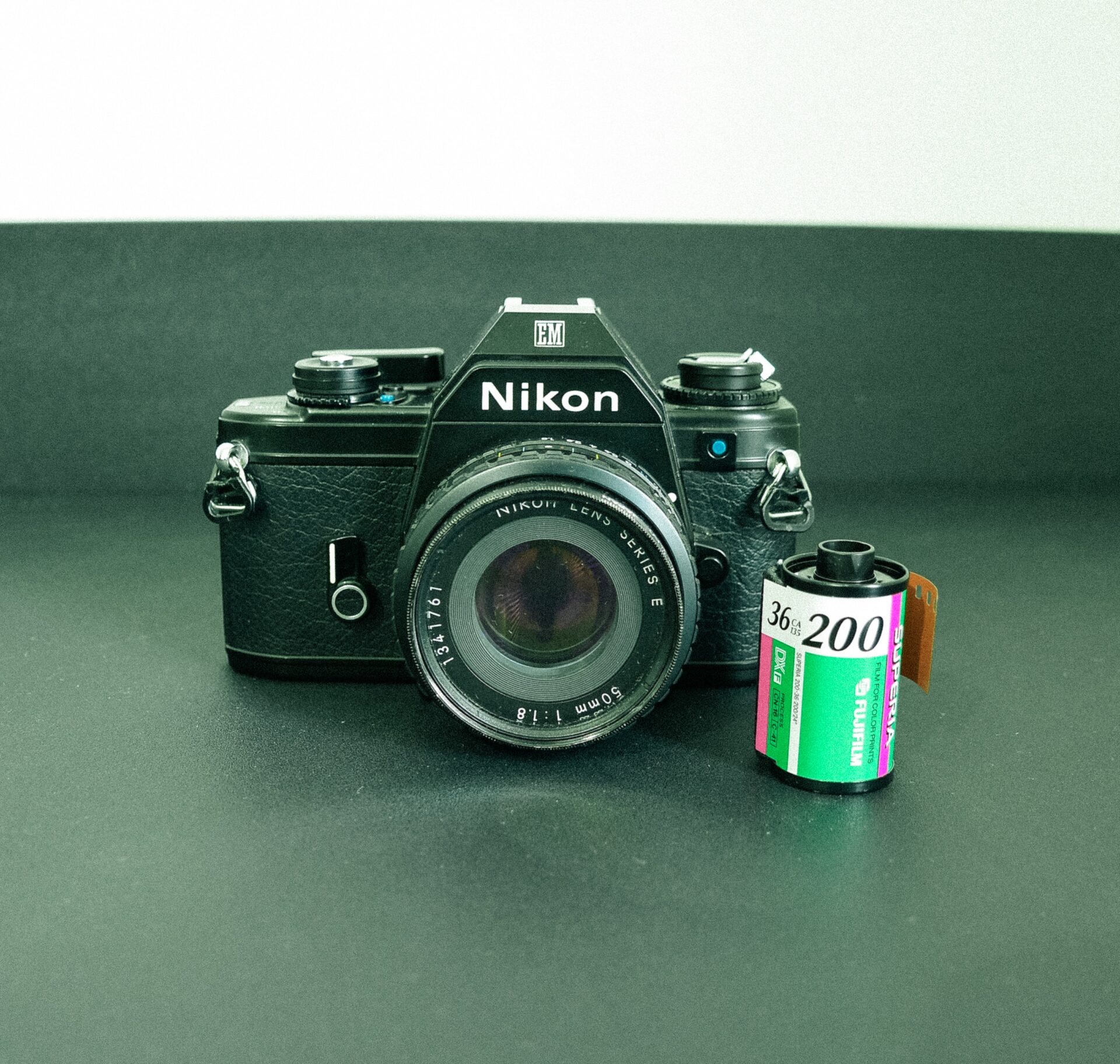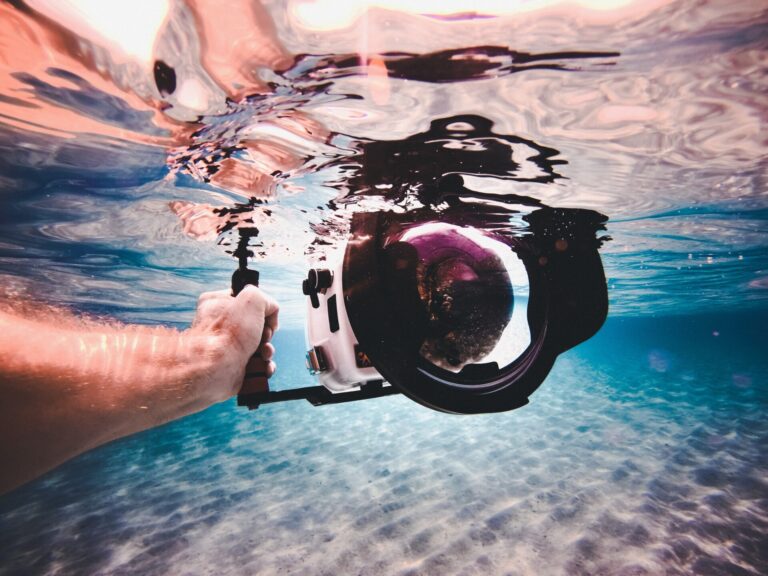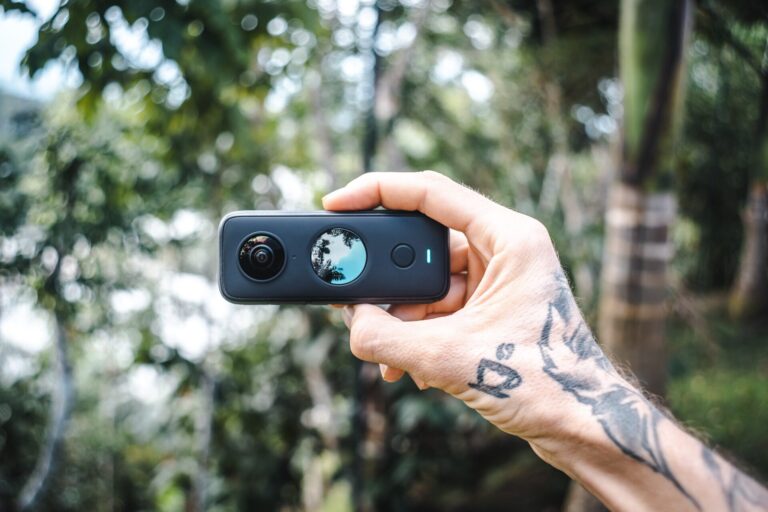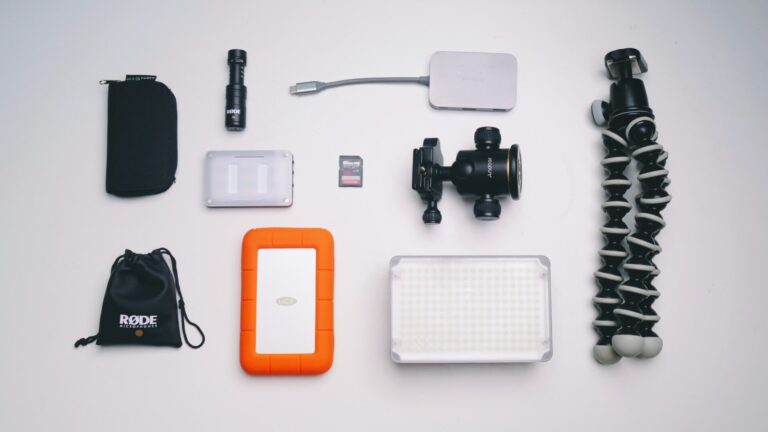The Nikon EM: An Affordable Classic for Film Enthusiasts
For many film enthusiasts, the Nikon EM is a camera that needs no introduction. This compact 35mm film camera was introduced in 1979 as a solid entry-level option for amateur photographers, and it quickly gained a following for its reliability, simplicity, and versatility. With its lightweight and compact design, automatic exposure system, and interchangeable lens system, the Nikon EM strikes a great balance between ease of use and creative flexibility.
In this article, we’ll explore what makes the Nikon EM an affordable classic that still appeals to film photographers today.
Page Contents
The Nikon EM: A Compact 35mm Film Camera
The Nikon EM is a 35mm film SLR camera that Nikon introduced in 1979. It was designed as a lightweight, compact entry-level camera for amateur photographers who wanted to move from point-and-shoot cameras to a more advanced system.
One of the most notable features of the Nikon EM is its compact size and lightweight design. Weighing in at just over 400 grams, the camera is easy to carry around and handle. Its body is made of high-impact plastic, which helps keep the weight down while still maintaining durability.
The Nikon EM has a fully automatic exposure system, which makes it easy for beginners to use. The camera automatically sets the aperture and shutter speed based on the lighting conditions and selected film speed. It also has a manual mode, allowing more advanced users to take control of the exposure settings.
Another feature of the Nikon EM is its interchangeable lens system. The camera uses Nikon’s F-mount, which means it can be used with various lenses. This makes it a versatile camera that can be used for various photography styles, from portraits to landscapes to street photography.
The viewfinder of the Nikon EM is bright and easy to use, with a 0.86x magnification and a split-image focusing aid. The camera also has a built-in light meter that helps ensure accurate exposures.
Is there a link between the Nikon EM and the Nikon FE2?
Yes, there is a link between the Nikon EM and the Nikon FE2. Both cameras were introduced by Nikon in the late 1970s and were part of the same series of 35mm film SLR cameras.
While the Nikon EM was designed as an entry-level camera, the Nikon FE2 was aimed at more advanced photographers. The FE2 had a more robust build quality and a more advanced feature set, including manual exposure control, a faster maximum shutter speed, and a wider range of exposure modes. The FE2 was also designed with more advanced photographers in mind, with a more traditional and rugged design.
Despite these differences, the Nikon EM and FE2 shared a number of common features, including the use of Nikon’s F-mount lens system and the ability to use a variety of accessories, such as motor drives and flash units. Both cameras also had a bright viewfinder and a reliable light meter, making them popular among photographers of all skill levels.
Is the Nikon EM still in production?
No, the Nikon EM is no longer in production. Nikon discontinued it in the early 1980s after a successful production run of several years.
The Nikon EM was a popular camera among amateur photographers in the late 1970s and early 1980s, but as technology advanced and digital cameras became more popular, demand for film cameras declined. Nikon shifted its focus to digital cameras and other products, and the Nikon EM was eventually phased out of production.
Today, the Nikon EM is considered a classic camera among film enthusiasts, and many examples can still be found for sale on the used market. While it may no longer be in production, its compact design, automatic exposure system, and interchangeable lens system continue to make it a popular choice among photographers who prefer the look and feel of film photography.
Why is the Nikon EM so legendary?
The Nikon EM is considered a legendary camera for several reasons.
Firstly, it was one of the first compact and lightweight SLR cameras that was designed specifically for amateur photographers. Prior to the introduction of the EM, SLR cameras were typically large and heavy, making them difficult for beginners to use. The EM was designed to be easy to handle and operate, making it a popular choice among photographers who were just starting out.
Secondly, the Nikon EM was notable for its fully automatic exposure system. This system made it easy for photographers to take well-exposed photos without needing to have an in-depth knowledge of exposure settings. The camera’s automatic exposure system was also reliable and consistent, which helped make it a popular choice among photographers who wanted to capture high-quality images without spending a lot of time on manual settings.
Finally, the Nikon EM’s interchangeable lens system and compatibility with a wide range of accessories made it a versatile camera that could be used for various types of photography. The camera’s F-mount lens system was also compatible with many of Nikon’s other cameras, making it a popular choice among photographers who already owned other Nikon lenses or accessories.
What was the price when it was first sold?
When the Nikon EM was first introduced in 1979, its retail price was around $230 USD. Adjusted for inflation, that would be equivalent to approximately $850 USD in 2023.
However, the price of a used Nikon EM on the secondary market can vary depending on a number of factors, including the condition of the camera, the availability of accessories, and the demand from buyers.
Generally, you can expect to pay anywhere from around $50 USD to $200 USD for a used Nikon EM in good working condition. Prices may be higher for cameras that are in excellent condition, come with accessories such as lenses or a motor drive, or have been recently serviced.
Nikon EM, an analog 35mm film camera
The Nikon EM can use a variety of 35mm film types, including black and white, color negative, and color slide film. The specific type of film that is best for a particular situation will depend on a number of factors, including lighting conditions, subject matter, and personal preference.
Some popular types of 35mm film that are well-suited for use with the Nikon EM include Kodak Tri-X for black and white photography, Kodak Portra for natural-looking color images, and Fujifilm Provia for vivid and saturated color slide film.
When using film, it’s important to note that the Nikon EM is a manual-focus camera and does not have an autofocus system. This means that photographers will need to manually focus the lens to ensure that their subject is sharp and in focus.
Developing analog 35mm film has become increasingly challenging in recent years due to the decline of traditional photography labs and the prevalence of digital photography. However, there are alternative methods for photographers to digitize their analog films.
In our guides on how to scan film with a digital DSLR camera and how to convert analog film to a digital picture, we provide step-by-step instructions for photographers to achieve high-quality digital files of their film negatives or slides. Photographers can create digital versions of their film images without developing them by using equipment such as a digital camera and a light source. These guides offer accessible and cost-effective solutions for photographers who wish to digitize their analog images while preserving their unique characteristics.
What lens mount does the Nikon EM use?
The Nikon EM uses the Nikon F-mount lens system, which was introduced by Nikon in 1959 and has since become one of the most popular and widely-used lens mounts in the world of photography.
This means that modern-day Nikon lenses with an F-mount can be used on the Nikon EM. However, some features like autofocus and vibration reduction may not work as they depend on the camera body’s electronics. However, all manual focus Nikon F-mount lenses will work on the EM, and many photographers still use the EM with modern lenses in manual focus mode.
Additionally, there are third-party lens adapters available that can allow the use of lenses from other camera systems, but it’s important to note that compatibility and performance may vary.
What cameras are similar to the Nikon EM?
- Nikon FG (1982): The Nikon FG is a compact, lightweight 35mm SLR camera introduced in 1982. Like the Nikon EM, it features a semi-automatic exposure mode and a manual mode for more advanced control, as well as a built-in light meter and various interchangeable lenses.
- Canon AE-1 (1976): The Canon AE-1 is a 35mm film SLR camera introduced in 1976. It features semi-automatic exposure and manual modes, built-in light meters, and interchangeable lenses. It was one of the most popular cameras of its time and is still highly regarded by many photographers today.
- Pentax ME Super (1980): The Pentax ME Super is a compact, lightweight 35mm film SLR camera introduced in 1980. It features semi-automatic exposure and manual modes, built-in light meters, and interchangeable lenses. It also has a unique “superimpose” mode allowing multiple exposures on a single frame.
- Minolta X-700 (1981): The Minolta X-700 is a 35mm film SLR camera introduced in 1981. It features semi-automatic exposure and manual modes, built-in light meters, and interchangeable lenses. It also has a unique “program” mode that automatically sets the aperture and shutter speed for optimal exposure.
- Olympus OM-1 (1972): The Olympus OM-1 is a 35mm SLR camera introduced in 1972. It is known for its compact size and lightweight design, as well as its high-quality lenses and advanced metering system. It features a fully manual exposure mode and a variety of interchangeable lenses.







